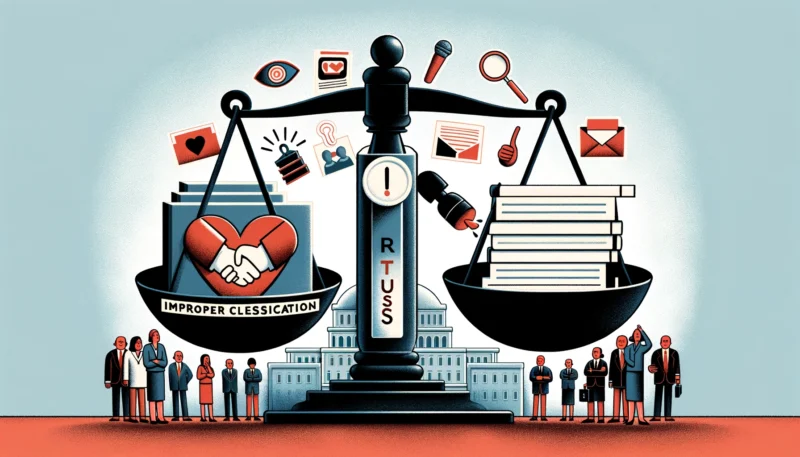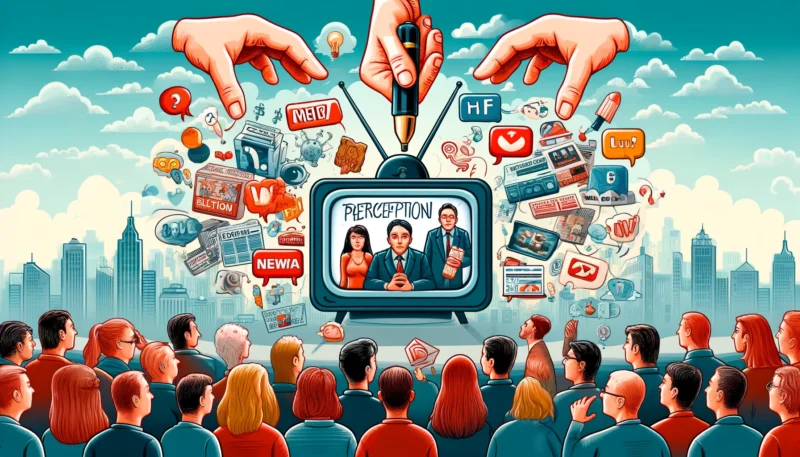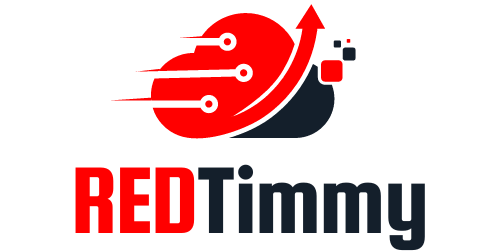Our choices and actions hinge on getting the facts straight. But what if the information we count on gets mixed up? When things are misclassified, it can cause confusion, and poor decisions, and make us lose faith in the places we rely on. Misclassification can have big consequences, shaking the core of public trust.
Today we’ll discuss how misclassification messes with our confidence and what that means for our society.
Why is it important?

Classification is about organizing information into categories so we can find and understand it easily. This matters a lot in many areas like science, medicine, and government. When we classify things accurately, our data becomes reliable and useful. But if we mess it up, it can lead to confusion, misinformation, and a loss of trust.
Think about healthcare. Accurate patient records are crucial for proper treatment. If records are misclassified, it can lead to wrong diagnoses and treatments, putting patients at risk. In the legal world, if evidence is classified incorrectly, it can mess up trials and lead to unjust outcomes.
How it affects scientific research
In science, getting classification right is essential for the validity of studies and experiments. Misclassified data can lead to wrong conclusions, affecting future research and public policies.
Imagine environmental data being misclassified – this could result in bad policies that don’t address important issues like climate change. This not only wastes resources but also reduces public trust in scientific findings.
Researchers depend on precise data to build on existing knowledge, and mistakes can set back entire fields of study. Plus, funding for scientific projects often depends on accurate data, so misclassification can mean money goes to the wrong places.
Government and public policy

Governments need classification systems to manage things like crime statistics and economic data. When these systems fail, the impact can be huge. Misclassified crime data, for example, can distort our understanding of public safety and influence policy decisions.
If crime rates look lower because of misclassification, people might think the government isn’t addressing safety concerns effectively, eroding trust in law enforcement and leading to misplaced resources. Similarly, inaccurately classified social issues can result in ineffective policies that don’t meet the population’s needs, worsening social problems.
Economic data and trust
Economic data influences decisions at all levels, from personal investments to national policies. Misclassified economic data can mislead policymakers, investors, and the public. For instance, if employment data is wrong, it can affect decisions about interest rates, social services, and job creation policies.
Incorrect data can lead to a lack of trust in government reports and economic stability. Investors rely on accurate data to make informed decisions about where to put their money. Inaccurate classification can lead to poor investment choices and financial losses.
For businesses, misclassified financial data can result in bad strategic decisions, affecting growth and profitability.
The role of media

Media has a huge influence on how we see things. When journalists get their facts wrong, it spreads misinformation and confuses everyone. The media’s trustworthiness relies on how accurate their information is. If people think the media is spreading false info, trust in my drops. This can snowball, making other sources seem less credible too.
Media outlets that constantly report incorrect data might lose their audience as people look for more reliable news. This shift can change the media landscape, reducing the variety of voices and viewpoints we hear.
Misinformation and public perception
Misinformation spreads like wildfire, especially with social media. Platforms like Facebook and Twitter can amplify wrong info, reaching tons of people almost instantly. This can seriously shape how we see things and act.
For example, incorrect info about a health crisis can cause panic, distrust in health officials, and pushback against health measures. False info can also split public opinion, making it tough to agree on important issues. Once misinformation takes root, fixing it is hard and takes a lot of effort and resources.
Consequences for businesses
Businesses can get hit hard by misclassified info too. If financial data is wrong, it can lead to bad decisions, hurting profits and shaking investor confidence. Misclassified customer data can mess up marketing strategies and lose customer trust.
For instance, if a business gets customer preferences wrong, they might target the wrong audience, wasting money and missing out on potential customers. This can lead to bad customer experiences and hurt the brand’s reputation. Plus, if financial data isn’t accurate, it can cause regulatory issues, leading to legal trouble and fines.
How to build and maintain public trust
To build and keep public trust, we need to make sure our classification systems are accurate and easy to understand. This means doing regular audits, updating our criteria, and training the people in charge of classifying data. When we’re transparent about how we classify and report data, it helps restore public confidence.
Clear communication about what we’re doing to ensure accuracy is also reassuring. Engaging with the community and stakeholders in the process can further boost trust. Plus, having independent bodies oversee classification practices adds an extra layer of accountability.
Strategies for accurate classification
1. Regular audits
Conduct regular audits of our classification systems to catch and fix errors. These audits should be thorough and frequent enough to spot mistakes before they become major issues. By regularly reviewing the classification process, we can ensure ongoing accuracy and reliability.
2. Training
Provide comprehensive training for those responsible for data classification. Proper training ensures that everyone involved understands the importance of accurate classification and knows how to apply the criteria correctly. Continuous education and updates on new classification standards are also crucial.
3. Transparency
Keep the classification process transparent and make the criteria publicly available. This openness builds trust because stakeholders can see the methods and standards we use. It also allows for public scrutiny and feedback, which can lead to improvements in the classification process.
4. Technology
Use advanced technologies like AI and machine learning to improve classification accuracy. These technologies can process large amounts of data quickly and identify patterns that might be missed by humans. However, it’s important to keep these systems updated and monitored to maintain accuracy.
The bottom line
Getting the classification wrong can really mess with public trust. It can affect healthcare, government policies, and how businesses run. We need to get it right to ensure our data is reliable, which helps us make good decisions and keeps people’s trust intact.

